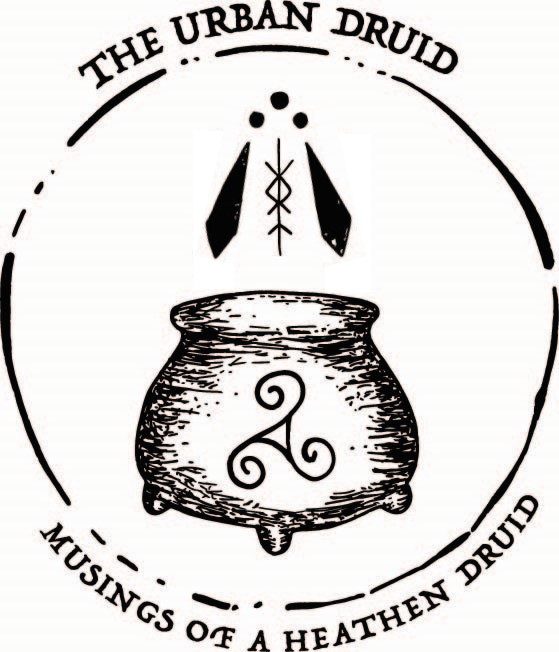The basis of much of our coping mechanisms and shadow behaviors come from trauma of some sorts. Trauma is anything that left a psychological negative mark on us somehow, whether it was something stressful, terrifying, or otherwise impacted us in a way that we don’t want to experience such an event ever again. So we twist our behaviors around the avoidance of any event that might be similar to what we experienced.
One thing to keep in mind is that one person’s trauma might be another person’s disappointment or minor regret. Just because something isn’t traumatic to one person doesn’t mean it isn’t traumatic to someone else. Some trauma is cuts deep and is something that would break some people, while other trauma might be minor to others.
A good image to look at trauma in its variety is the story of the Buddha and how his father heard a prediction that his son would leave his princely life behind and become a spiritual figure which is not what a wealthy person would want for their son who they envision would step into the same role they hold once they step down. So, he spoiled his son and made sure to keep anything that could negatively impact him away, such as aging, disease, death, and asceticism.
For Buddha, seeing an old person, someone who was sick, or someone who was dying was traumatizing since he had been protected from seeing such sights as long as he was under his father’s protection and in his house. We see such sights all the time and we have friends or loved ones or have otherwise encountered elderly people, people sick (and ourselves have been sick with some illness), or know those who have died.
The Buddha took the sights and experiences he had that negatively impacted him and chose to pursue his life path by first starting a life of asceticism and refraining from life’s pleasures.
When some traumatic event negatively impacts us in whatever way it does, we usually create a form of behavior that Jungian psychologists and those who follow his teachings as a shadow behavior or a shadow persona which is designed to behave in a way that will hopefully keep us from having to re-experience the traumatic event. In Internal Family Systems, they take the stance that we protect our inner child by creating two guardians of sorts — a “manager” who handles things that happen to keep the trauma from impacted that part of your inner child that was wounded from it as well as a “firefighter” whose job is to do anything it can to protect the inner child when such an event happens again.
While I’ll go into more depth and detail in later posts, suffice it to say that our shadow and our parts that protect us are not dark or evil, but aspects of ourselves that did what it could with its limited understanding to try and keep us from further harm. I hope in these posts, readers will come to understand that thanking ourselves is the start of healing our inner witch child’s wounds.

